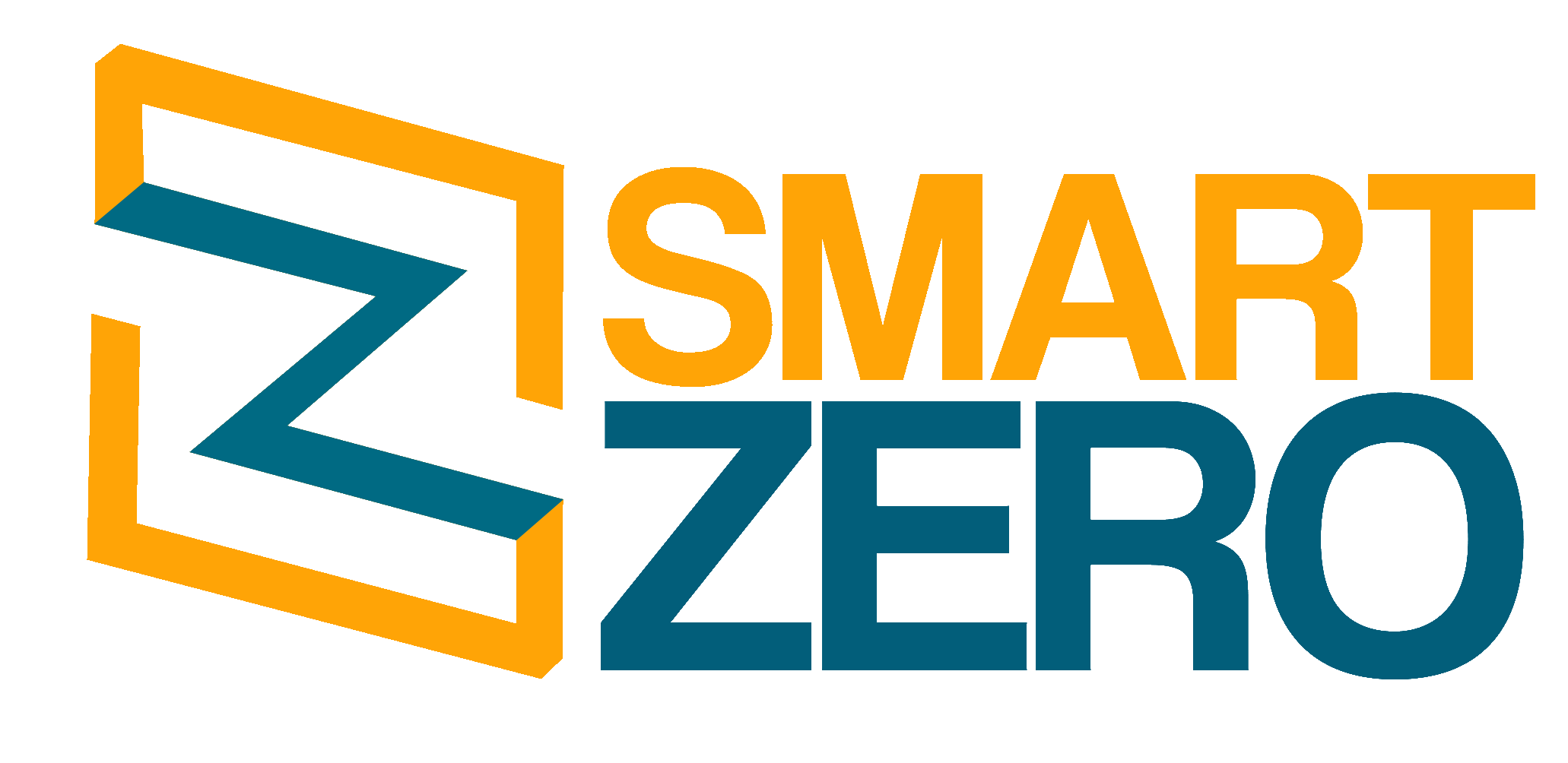Busines Process Solutions (BPS)
BPS refers to systematic approach and use of technology to optimize and streamline the operations of a business. Digitizing business functions such as finance, accounting, human resources, supply chain management, and customer service, among others. Business process solutions are aimed at improving efficiency, cost reduction, and enhancing customer satisfaction. By automating routine tasks and making complex processes simpler, businesses can ensure that they can focus on core competencies and provide value to their customers.
Some examples of business process solutions include:
- Business Process Outsourcing (BPO)
- Enterprise Resource Planning (ERP) systems
- Customer Relationship Management (CRM) software
- Supply Chain Management (SCM) systems
- Robotic Process Automation (RPA)
By adopting these solutions, businesses can increase their productivity, respond to market changes quickly, and reduce errors and redundancies.
Project Management
Project management refers to the process of planning, organizing, and executing projects to meet specific goals and objectives, such as delivering a product or service, implementing a new technology, or completing construction on time and within budget. Project management involves: Project Planning, Project Execution, Project Monitoring and Control, and Project Closing. Effective project management can help organizations to complete projects on time, within budget, and to the satisfaction of their clients while also maximizing project profitability and minimizing risks.
Facilities and Assets Management
Facilities and assets management involves the management of physical assets, including buildings, equipment, and infrastructure, to ensure they are operating effectively and efficiently to support organizational goals. This includes managing the maintenance, repair, and replacement of assets to ensure they are functional and safe for use. Asset management involves managing the lifecycle of assets, from acquisition through disposal, to ensure they are being used effectively and efficiently.
Effective facilities and asset management is critical for organizations to operate smoothly and efficiently. It can help to reduce operating costs, improve safety and security, and extend the life of physical assets. It requires a combination of technical knowledge, financial acumen, and project management skills, as well as an understanding of the organization’s goals and objectives.
Product Development and Sourcing
Product development and sourcing are two essential components of the manufacturing process. Product development involves the creation of new products or the improvement of existing products to meet the changing needs of the market. This can involve research and development, design, testing, and prototyping.
Sourcing, on the other hand, involves finding suppliers or manufacturers who can provide the materials, components, or finished products needed for the manufacturing process, or as spare parts for hosted equipment and machineries. This involves identifying potential suppliers, negotiating contracts, and managing relationships with suppliers to ensure quality, cost-effectiveness, and timely delivery.
Effective product development and sourcing strategies are critical to the success of any manufacturing operation. By continuously researching and developing new products, and sourcing materials and components from reliable suppliers, manufacturers can stay competitive in the marketplace and deliver high-quality products to their customers.
AI, Automation, and IT Solutions
AI (Artificial Intelligence), Automation, and IT (Information Technology) are three interrelated fields that have revolutionized the way businesses operate in recent years.
AI is the simulation of human intelligence processes by computer systems, including machine learning, natural language processing, and deep learning. AI technology is increasingly used in a wide range of industries, including healthcare, finance, manufacturing, and transportation, to enable more sophisticated data analysis, decision making, and automation.
Automation refers to the use of technology to perform tasks or processes automatically, without human intervention. This includes everything from automated manufacturing processes to chatbots and robotic process automation (RPA) in administrative functions. Organizations use automation to reduce costs, eliminate manual errors, and increase efficiency and productivity.
IT refers to the application of computer-based tools to manage and distribute information within an organization. These tools may include hardware, software, and networking technologies that aim to improve the sharing, processing, storage, and analysis of data. With the increase in automation and AI technology, IT has become fundamental to business operations, as data is at the core of these technologies. These three fields have created new and innovative opportunities for organizations to solve complex problems, improve efficiency, and provide a better customer experience. The implementation of AI and automation technologies in conjunction with IT systems means that businesses can manage data more effectively, reduce costs, increase efficiency, and tap new market opportunities.

